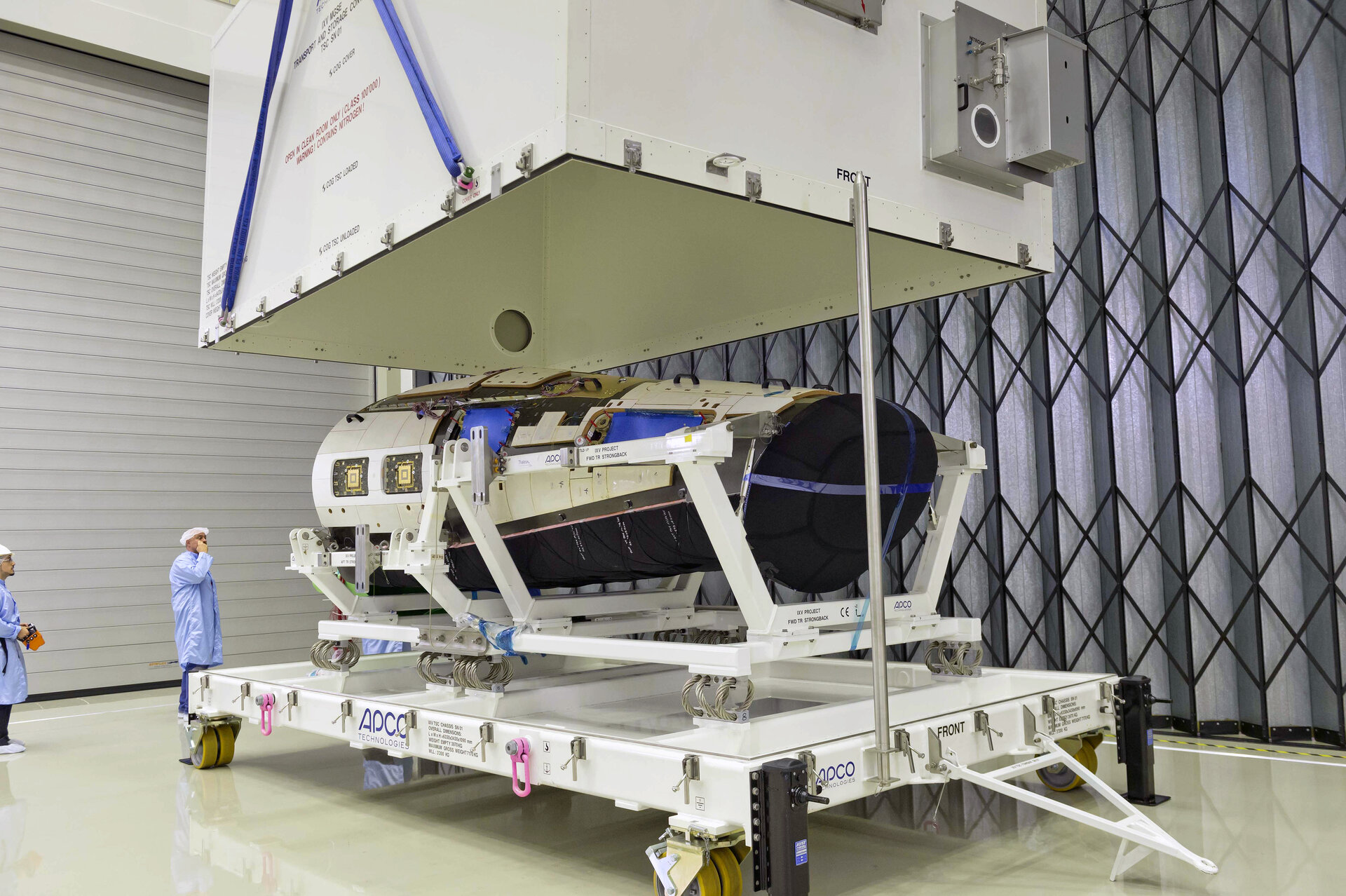
What is your name and your role on the European Service Module team?
Gandolfo Di Vita, I’m the Principal Mechanical Engineer for the European Service Modules.
How long have you been involved in European Service Modules development and what are your tasks?
Around 5 years now. I’m accountable for any business, technical and contractual at my level, that concerns the mechanical structure of the European Service Module. In addition, I support the system and other subsystems for the mechanical aspects. I coordinate a team of four experts in the mechanical engineering field.
What is your background? How did you come to work on European Service Modules?
I have a degree in Aeronautical Engineering and a PhD in Aerospace Engineering. I worked first as a Materials and Technologies researcher at CIRA, the Italian Aerospace Research Centre. Then, I worked at the Italian Space Agency as project engineer in the P80 development (P80 is the first stage of the VEGA launcher). At ESA since 2009, I’ve been the Thermo-mechanical engineer in the IXV project, accountable for the IXV structures, thermal protections and other hardware like body-flaps, actuators, parachutes, floating system after splashdown. I joined the European Service Modules team at the beginning of 2016 as Principal Mechanical Engineer.

Tell us about a memorable moment during your time working on European Service Modules.
Every moment spent on European Service Modules is exciting and memorable. I have special memories of the structural qualification testing activities in Thales Alenia Space in Turin, at NASA Plum Brook station in Ohio, for the dynamic testing of European Service Modules, as well as at the ESM-1 integration and testing activities at NASA Kennedy Space Centre in Florida. Of course I’m particularly proud that the tests under my responsibility have been all successfully conducted and concluded.

What does it mean to you to be part of the larger team helping to get humans back on the Moon?
I have a lot of admiration for each and every member of the team. I feel blessed to be part of this great team and for supporting and contribute to this unique achievement.
What is one thing you’d like the European public to know about your job?
The fact that Europe has the full technological competence and industrial capability to support our friends in USA to the objective return of humans on the Moon… and beyond!
Do you have any advice for future generations interested in space exploration?
Be enthusiastic about your passion! If what you love is space exploration, be excited about what you love, and you will see that any hard work will become a lot of fun and greatest satisfaction!

 Automated Transfer Vehicle page
Automated Transfer Vehicle page ATV blog archive
ATV blog archive
 NASA Orion page
NASA Orion page NASA Artemis
NASA Artemis Airbus Orion page
Airbus Orion page
Discussion: one comment
Thank you for sharing an overview of your very valued and interesting job.
It is an wonderful opportunity to get an insight into an extraordinary career and hear from the dedicated team behind the scenes.
Wishing you further success.
Angela
United Kingdom